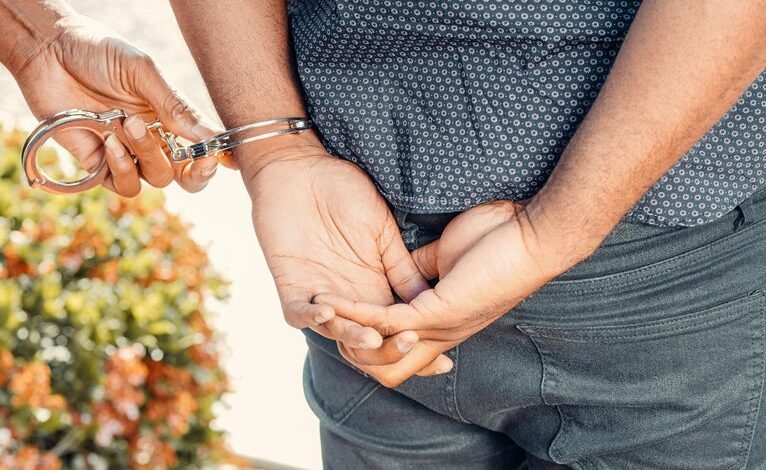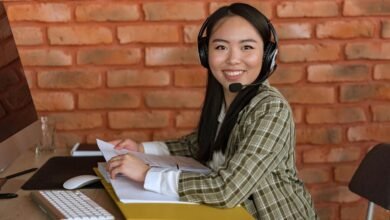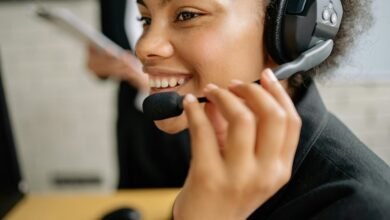Photoacomanha: O Uso de Imagens no Processo Judicial

The integration of images into the judicial process, known as photoacomanha, represents a significant shift in the presentation of evidence. This development has the potential to influence jury perceptions and decisions profoundly. However, the reliance on visual evidence raises critical questions about authenticity, privacy, and interpretation. As technology continues to evolve, understanding the implications of these changes remains imperative for ensuring a fair legal system. What challenges lie ahead for courts in this visual age?
The Evolution of Visual Evidence in Courtrooms
As the judicial process has evolved, the integration of visual evidence in courtrooms has transformed the landscape of legal proceedings.
Historical milestones, such as the introduction of photography and video, alongside technological advancements like digital imaging, have enhanced the presentation of evidence.
This evolution reflects a commitment to clarity and understanding, facilitating a more informed legal discourse that upholds the principles of justice and freedom.
Impact of Images on Jury Decision-Making
While the role of images in the judicial process can vary, their influence on jury decision-making is significant and multifaceted.
Visual persuasion can effectively shape jurors' perceptions, often leading to jury bias. The emotional resonance of images can overshadow factual evidence, underscoring the need for judicial awareness regarding how visuals can manipulate juror interpretation and potentially compromise the fairness of legal proceedings.
Challenges and Ethical Considerations in Photoacomanha
Numerous challenges and ethical considerations arise in the use of photographs within the judicial process, particularly in the context of photoacomanha.
Issues surrounding image authenticity can compromise the integrity of evidence, while privacy concerns may infringe upon individuals' rights.
Balancing the need for visual documentation with ethical standards remains crucial to uphold justice and protect personal freedoms in legal proceedings.
Conclusion
In the intricate tapestry of justice, images serve as both illuminating lanterns and potential shadows. While they can guide jurors through the labyrinth of evidence, their allure may also obscure the path of truth. The judicial realm must tread carefully, balancing the vibrant hues of visual narratives against the muted tones of ethical responsibility. As the scales of justice evolve, a vigilant eye must ensure that the artistry of photoacomanha enriches, rather than distorts, the quest for fairness in legal proceedings.





